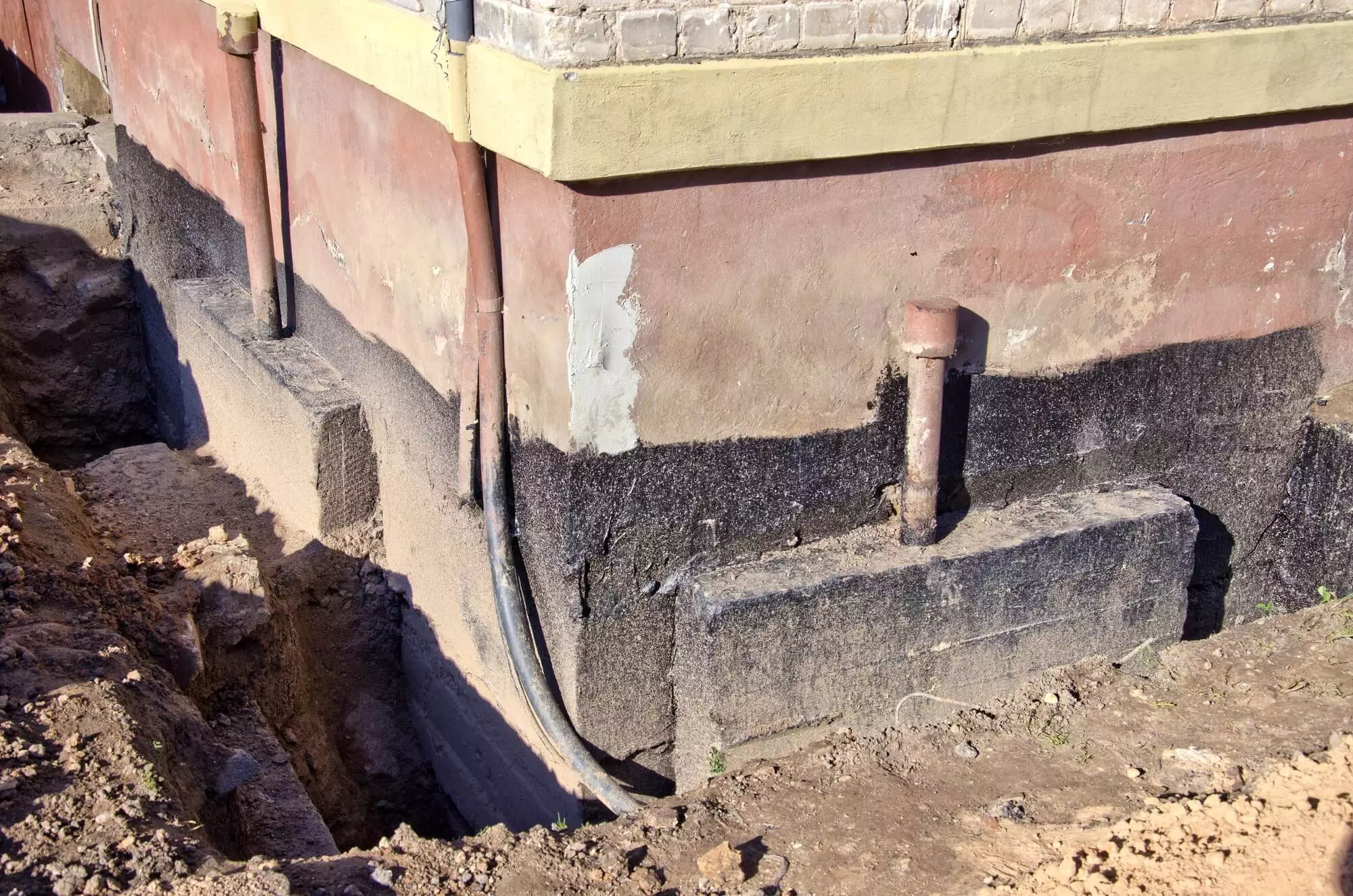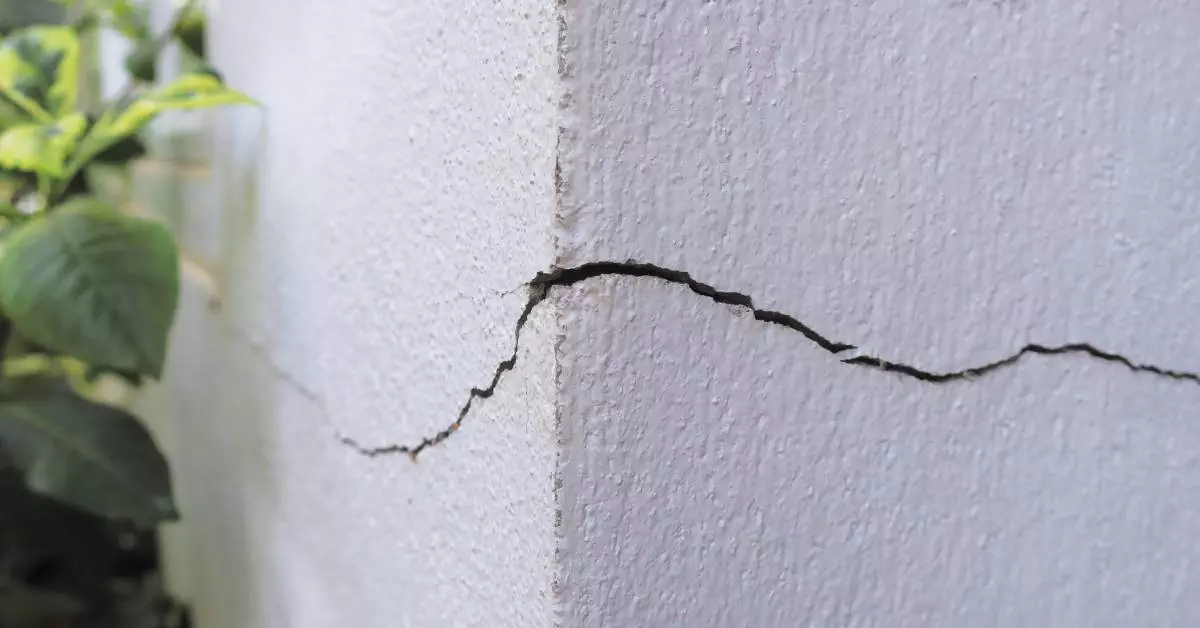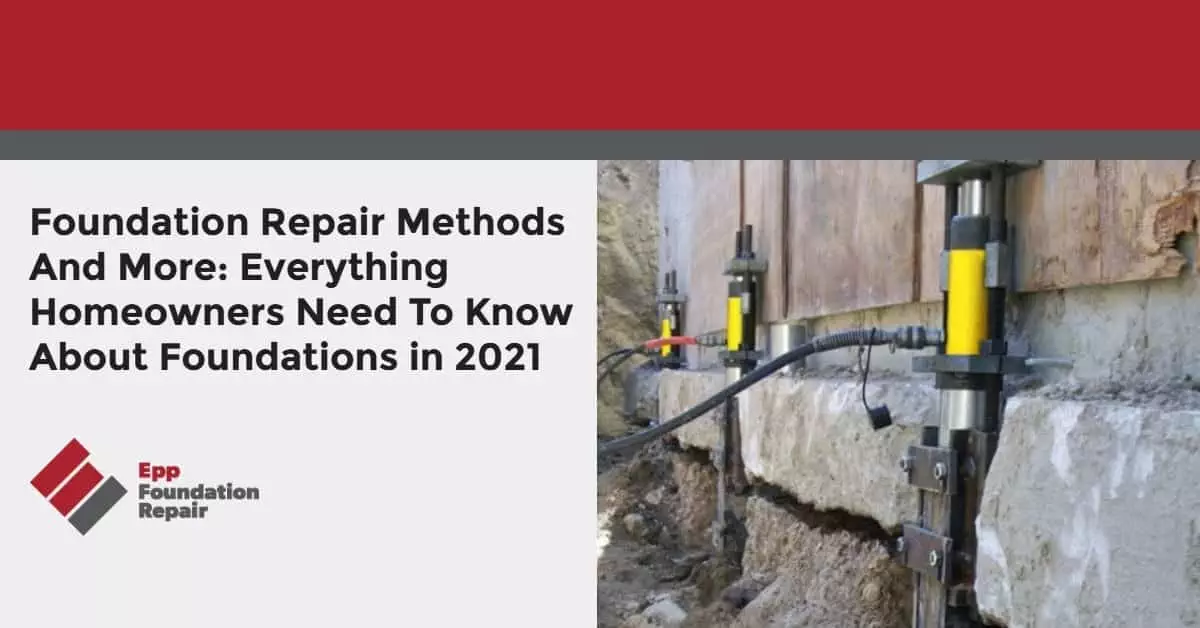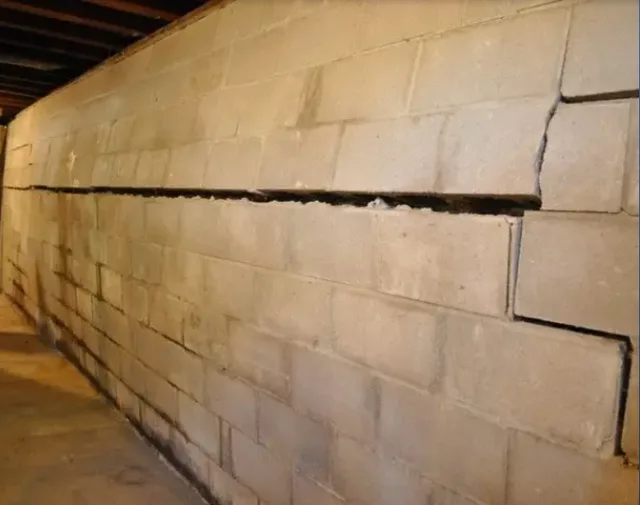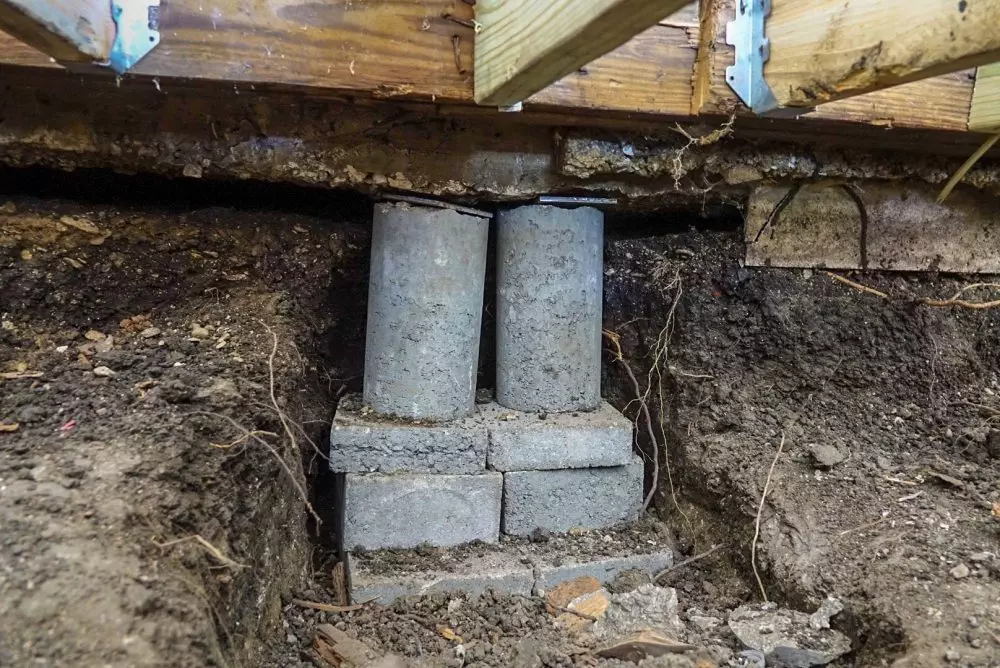
Why Pier And Beam Repair Fails (And How to Avoid It)
Facing problems with pier and beam repair can be quite stressful. Maybe you’ve noticed cracks in your walls or uneven floors in your home. These signs might suggest deeper home foundation issues that need your attention. Understanding why these repairs sometimes fail can save you time and money. Whether it’s due to improper pier installation or neglected beam replacement, it’s crucial to know what can go wrong and how to fix it.
Have you ever walked through your home and felt the floor bounce or sag? Issues like this often relate to the crawl space or subfloor. Ignoring these problems could lead to more serious structural repair needs. Regular foundation inspections can help catch these issues early. But if you miss them, house leveling might become necessary, which can be costly and time-consuming.
Curious about how to protect your home from these issues? Dive into the details to keep your pier and beam foundation strong. Discover the steps you can take to avoid costly repairs and ensure your home’s stability. Let’s make sure your house stands firm for years to come.
Within the post
Understanding Pier and Beam Repair
When it comes to the health of your home, having a solid foundation is crucial. However, even the best structures need some help now and then. Pier and beam foundation systems are no exception. But why do repairs often fail, and how can you avoid these setbacks?
Common Mistakes
One of the most common mistakes is ignoring regular maintenance tasks. Just like you take care of your car or your health, your home’s foundation needs attention too. Regular checks can help spot problems early, keeping them from turning into bigger, more expensive fixes.
Another frequent mistake is skipping necessary inspections. You might think everything is fine, but only a proper inspection will tell you the truth. Foundation inspection can uncover hidden issues that need attention. Don’t wait until it’s too late.
The Importance of Professional Help
Getting professional help is essential for successful pier and beam repair. An expert can ensure an accurate evaluation of your foundation’s condition. They know what to look for and can identify issues that you might not notice.
Seek advice on structural repair needs. Professionals can recommend the best actions to take, whether it involves small fixes or major work. Their expertise can prevent costly mistakes.
Key Considerations in Beam Replacement
Replacing beams is a critical part of maintaining your foundation. It’s important to choose the right materials and techniques. While DIY might be tempting, professionals ensure safety and quality. Proper beam replacement can save you from future headaches and costs.
Role of Foundation Inspection
Foundation inspection is vital for maintaining your home’s integrity. By identifying potential home foundation issues early, you can take steps to fix them before they worsen. Inspections can reveal problems like moisture damage or structural weaknesses, allowing you to act promptly.
Inspections also help in preventing future structural damage. A small crack today can become a large problem tomorrow. Addressing issues early is key to maintaining a healthy foundation.
Subfloor Repair Steps
Subfloor repair plays a crucial role in your home’s overall foundation health. Start by addressing any moisture problems. Moisture can cause wood to rot and lead to bigger structural issues. Keep your crawl space dry and well-ventilated.
Secure any loose flooring elements. If you feel boards moving or hear creaking, it’s time to take action. Tightening and replacing parts as needed can prevent further damage and maintain the stability of your home.
Identifying Causes of Failure
Understanding what causes pier and beam repairs to fail is essential. Poor initial construction is often a big factor. If your foundation wasn’t built properly from the start, you’re likely to face issues later on.
- Incorrect pier installation
- Inadequate crawl space repair
Avoid quick fixes and seek lasting solutions instead. While a temporary fix might seem cheaper initially, it often leads to repeating the same repairs in the future, which is more costly.
Environmental Factors
The environment around your home plays a huge role in the stability of your foundation. Weather conditions can significantly impact your foundation’s strength. Heavy rains or extremely dry conditions can lead to shifts and cracks.
It’s also crucial to consider soil type and moisture levels. Different types of soil expand and contract differently with moisture changes, affecting your home. Knowing your soil type helps in making smart decisions about your foundation’s care.
Signs of Structural Problems
Be on the lookout for signs of structural problems in your home. Cracks in walls are a common indicator. They might start small but can grow and signify bigger issues with your foundation.
Uneven floors are another sign. If you notice your floors aren’t level, it’s time to investigate further. Ignoring these signs can lead to more severe problems down the line.
Steps to Effective Repair
For effective pier and beam repair, commit to thorough planning first. Planning allows you to anticipate possible challenges and prepare accordingly.
Evaluating Pier and Beam Foundation
Conduct regular, detailed inspections to keep track of your foundation’s health. This involves checking for the integrity of both beams and piers. Look for signs of wear and damage.
Don’t hesitate to use experienced teams for repairs. Professionals have the right tools and skills to ensure quality work. Also, plan repairs during stable weather conditions to avoid complications from rain or extreme temperatures.
Addressing House Leveling Needs
Ensure precision in foundation leveling for a stable home. Proper house leveling is critical in maintaining your home’s balance and preventing future issues.
Consult foundation repair experts for advice. They can guide you on the best approaches and techniques to use. Also, maintain consistent structure alignment and monitor changes post-repair frequently. This vigilance helps catch any potential problems early.
Implementing Structural Adjustments
Part of effective repair includes balancing the entire foundation. This means ensuring that all parts work together harmoniously. Strengthen weak structural points to prevent further damage.
It’s also important to incorporate necessary support systems. Extra support can help handle the load and improve the foundation’s strength, ensuring longevity.
Maintaining Foundation Health
Routine Inspection Tips
Regular inspections are crucial for foundation health. Schedule inspections at least twice a year, preferably in spring and fall when weather conditions are less extreme.
Consider using professional services for inspections. They can provide a thorough check and ensure nothing is overlooked, saving you from potential future headaches.
Preventative Measures
Preventative measures can significantly extend your foundation’s life. Maintain drainage systems well to avoid water accumulation around your home. Water is one of the biggest threats to your foundation’s stability.
It’s also important to control vegetation growth around the foundation. Plant roots can cause significant damage if left unchecked, affecting your home’s structural integrity.
Addressing Minor Repairs Promptly
When minor issues arise, addressing them promptly can prevent them from turning into bigger problems. Whether it’s a small crack or a loose board, taking care of these issues quickly keeps your foundation strong and healthy.
Choosing the Right Professionals
Choosing the right professionals is crucial for successful pier and beam repair. Experienced repair contractors know what to do and how to do it right.
Researching Contractors
Before hiring, do your homework. Check reviews and ratings online to see what others have to say about a contractor’s work.
Verify certifications and licenses to ensure they meet industry standards. This step ensures you’re getting qualified professionals.
Also, consider local expertise and experience. They might better understand the specific challenges your area faces and provide more tailored solutions.
Understanding Costs and Budgeting
Understanding costs involved helps in budgeting efficiently. Plan your financial resources wisely to cover all necessary repairs and maintain your home’s value.
Assessing Repair Costs
Assessing costs involves considering the scale of the needed repairs. Larger problems will obviously require more resources.
Get multiple quotes from contractors. This practice helps you compare options and choose the best offer without compromising on quality.
Don’t forget to factor in long-term maintenance costs. Regular upkeep can prevent bigger expenses in the future.
Planning for Future Repairs
Setting a Maintenance Schedule
Setting up a maintenance schedule helps keep your foundation in top shape. Outline regular care routines that are easy to follow.
Stay proactive with foundation care. Regular attention reduces the risk of major issues, saving you time and money in the long run.
Your Path to a Stable Foundation
Understanding why some repairs fail empowers you to make better decisions. With the right knowledge, you can ensure your home stays safe and sound. Proper inspections and maintenance prevent costly issues down the road. You deserve peace of mind regarding your home’s foundation.
Start by scheduling a comprehensive foundation inspection. This helps identify potential problems early. Consider consulting a professional to review findings and plan your next steps. They can guide you through any necessary beam replacements or structural enhancements with ease.
Take control of your home’s future today. Reach out for a consultation or inspection, and set a strong foundation for years to come. Your home deserves this attention, and so do you.
